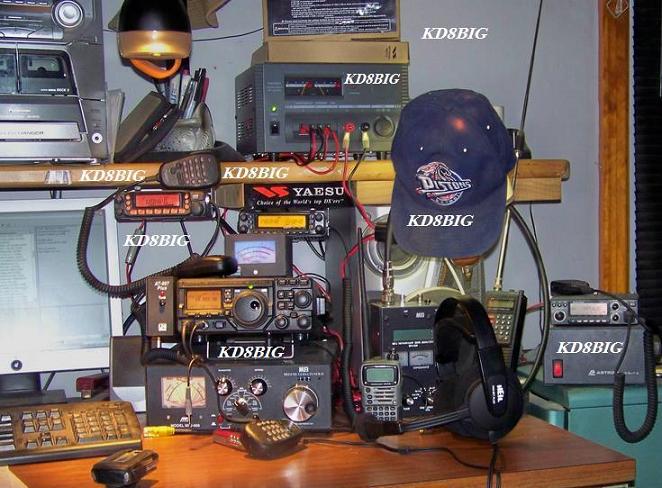It has been a long while.
In 2015 I got caught up in the social media nightmare. I created a Facebook page and a few groups for amateur radio. In the beginning, it was fun and enjoyable. After a couple of years the shine went away. Then the world of politics took over social media and it hasn’t been the same.
I’ve left it behind and decided to come back here.
I’m not sure how long I’ll use this platform. I do have a dot com account that has been under construction for several years. I should get it completed before the end of the year.
As for content. I plan to share my adventures in amateur radio and other hobbies that I’m active in.
Stay tune…










